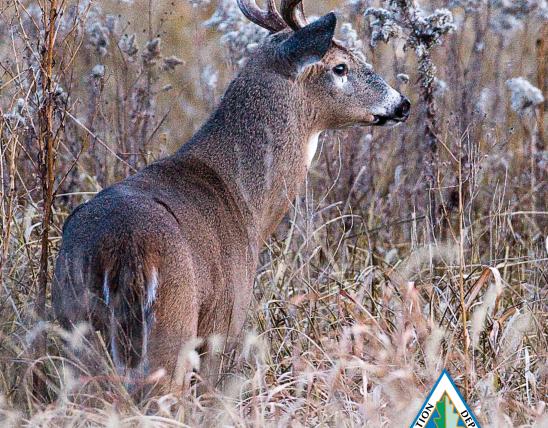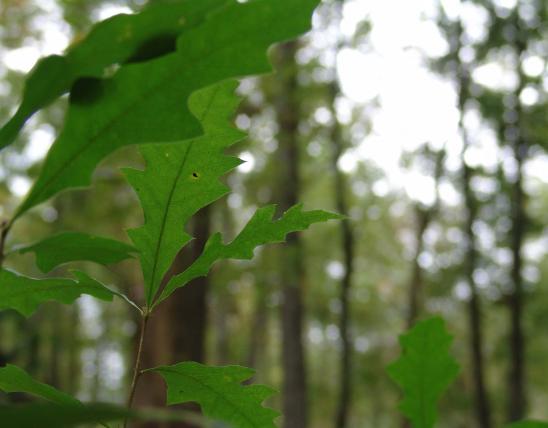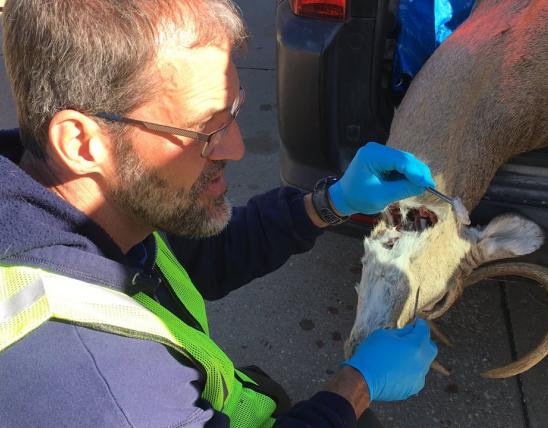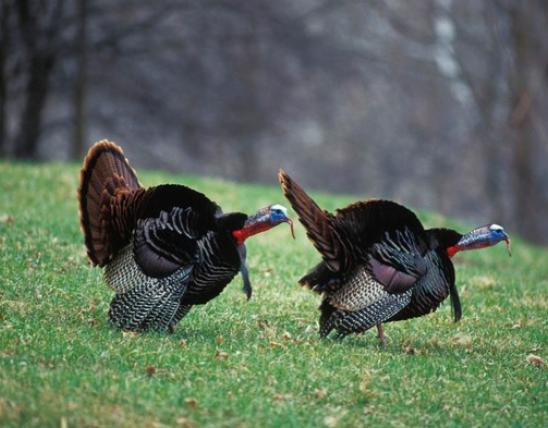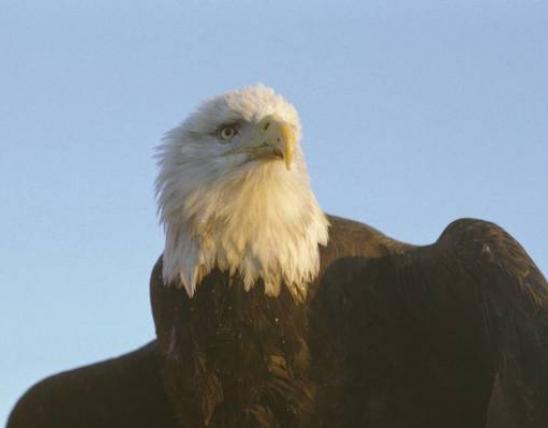Birds
Media
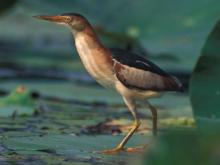
Species Types
Scientific Name
Ixobrychus exilis
Description
One of the smallest herons in the world, the least bittern is about as big as a pigeon. It’s nearly impossible to locate when it hides in a cattail marsh. Most see it only in flight.
Media
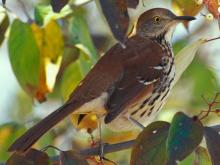
Species Types
Scientific Name
Toxostoma rufum
Description
The brown thrasher, named for the busy thrashes of its long tail, is closely related to the mockingbird and catbird. Like them, it mimics songs of other birds. It’s common in parks and yards.
Media
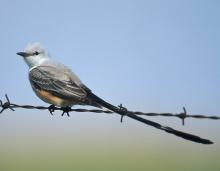
Species Types
Scientific Name
Tyrannus forficatus
Description
One of Missouri’s most breathtaking birds, the scissor-tailed flycatcher captures insects in midair, then flits back to its perch. You’re most likely to see it in summer, in our southwestern prairies.
Media

Species Types
Scientific Name
Tringa melanoleuca
Description
One of the more common of about 35 shorebirds that migrate through Missouri, the greater yellowlegs is large, with a slightly upturned bill and long, bright yellow legs.
Media

Species Types
Scientific Name
Buteo platypterus
Description
The broad-winged hawk is stocky, with a large head and short tail. They are often seen migrating in large flocks. From below, note the pointed wingtips and broad black trailing edge to the pale wings.
Media
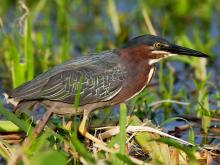
Species Types
Scientific Name
Butorides virescens
Description
Green, gray, and brown, the stocky, crow-sized green heron hunches motionless at the water’s edge, waiting patiently for a fish to swim within striking distance.
Media

Species Types
Scientific Name
Bubulcus ibis
Description
Cattle egrets are small, stocky white herons. Adults have yellow bills and legs. At breeding time, the legs and bills turn red, and the feathers of head, breast, and back are orangish tan.
Media

Species Types
Scientific Name
Oxyura jamaicensis
Description
The ruddy duck is small, compact diving duck with a long, stiff tail that is often cocked up. Breeding males are conspicuous with their dark cinnamon body, bright white cheek patch, black head, and blue bill.
Media

Species Types
Scientific Name
Bucephala albeola
Description
Buffleheads are small, compact ducks with large, rounded heads. They bob lightly in the water, then, in a flash, dive below the surface.
Media

Species Types
Scientific Name
Bucephala clangula
Description
The common goldeneye is a common migrant and winter resident in Missouri. A diving duck, it is usually found on open water of rivers and lakes.
See Also
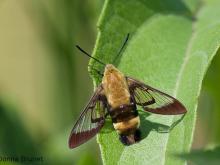




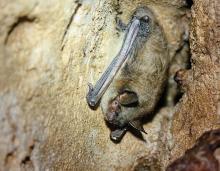
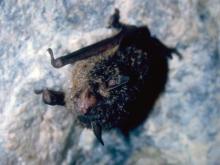
Media

Species Types
Scientific Name
Hemaris diffinis
Description
The snowberry clearwing is a moth that confuses people because it looks like a bumblebee and flies like a hummingbird!
Media

Species Types
Scientific Name
Hyles lineata
Description
The white-lined sphinx moth sometimes confuses people because it flies, hovers, and eats from flowers like a hummingbird. The adults often fly during daylight hours as well as in the night and are often found at lights.
Media

Species Types
Scientific Name
Darapsa myron
Description
The Virginia creeper sphinx moth is common in woods and brushy areas and comes to lights at night. The larvae eat Virginia creeper and grape leaves.
Media

Species Types
Scientific Name
Perimyotis subflavus (formerly Pipistrellus subflavus)
Description
Tri-colored bats, formerly called eastern pipistrelles, are relatively small and look pale yellowish or pale reddish brown. The main hairs are dark gray at the base, broadly banded with yellowish brown, and tipped with dark brown.
Media

Species Types
Scientific Name
Myotis grisescens
Description
Gray myotises are difficult to distinguish from other mouse-eared bats. A key identifying feature of the gray myotis is that its wing is attached to the ankle and not at the base of the toes. It’s an endangered species.
Media

Species Types
Scientific Name
Myotis lucifugus
Description
The little brown myotis (little brown bat) is one of our most common bats, but populations are declining. White-nose syndrome has taken a heavy toll in northeastern states. This species is now listed as vulnerable across its range.
Media

Species Types
Scientific Name
Myotis sodalis
Description
The Indiana myotis, or Indiana bat, summers along streams and rivers in north Missouri, raising its young under the bark of certain trees. It is an endangered species.
About Birds in Missouri
About 350 species of birds are likely to be seen in Missouri, though nearly 400 have been recorded within our borders. Most people know a bird when they see one — it has feathers, wings, and a bill. Birds are warm-blooded, and most species can fly. Many migrate hundreds or thousands of miles. Birds lay hard-shelled eggs (often in a nest), and the parents care for the young. Many communicate with songs and calls.

